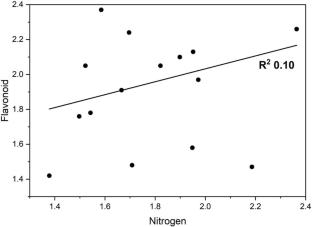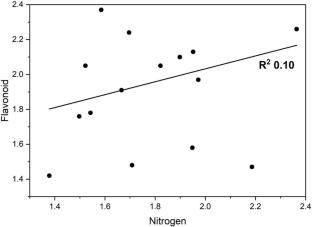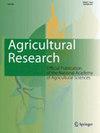Estimating Flavonoid and Nitrogen Status of Guava Leaves Using E-Nose and SPAD Meter
Abstract
Flavonoids are a type of antioxidants widely used to treat various human diseases. Apart from guava fruits, flavonoids are also found in the leaves. Determining the leaf flavonoid content generally involves chemical analysis, which is time-consuming and costly. This study aimed to estimate quickly the flavonoid and nitrogen contents in fresh and extracted leaves using two different phenomena: (gas and vision) captured by an e-nose (equipped with nine different MQ sensors) and a SPAD-502 chlorophyll meter. This study also determined the relationship between flavonoids and nitrogen in guava plants and the selection of leaf variations, which contained the maximum levels of these compounds. A total of nine machine learning algorithms were applied to evaluate the data obtained from both the e-nose and SPAD-502 m as ten input features. The results showed that: (1) using ten input features obtained from fresh leaf samples provided better accuracy in classifying and estimating both flavonoid and nitrogen contents rather than using feature important ranking and extracted guava leaves. An artificial neural network—multilayer perceptron (ANN MLP) is a machine learning algorithm that provided maximum accuracy in classifying and estimating flavonoid and nitrogen contents with coefficient determination (R2) ranging between 0.76 and 0.96; (2) laboratory analysis did not indicate a positive relationship between flavonoid and nitrogen contents in guava leaves; and (3) selection of leaf numbers 1–5 was appropriate to ascertain flavonoid content in the optimum–high range, while the leaf number 3 from shoots that have opened completely to estimate the N status can be selected.



 求助内容:
求助内容: 应助结果提醒方式:
应助结果提醒方式:


